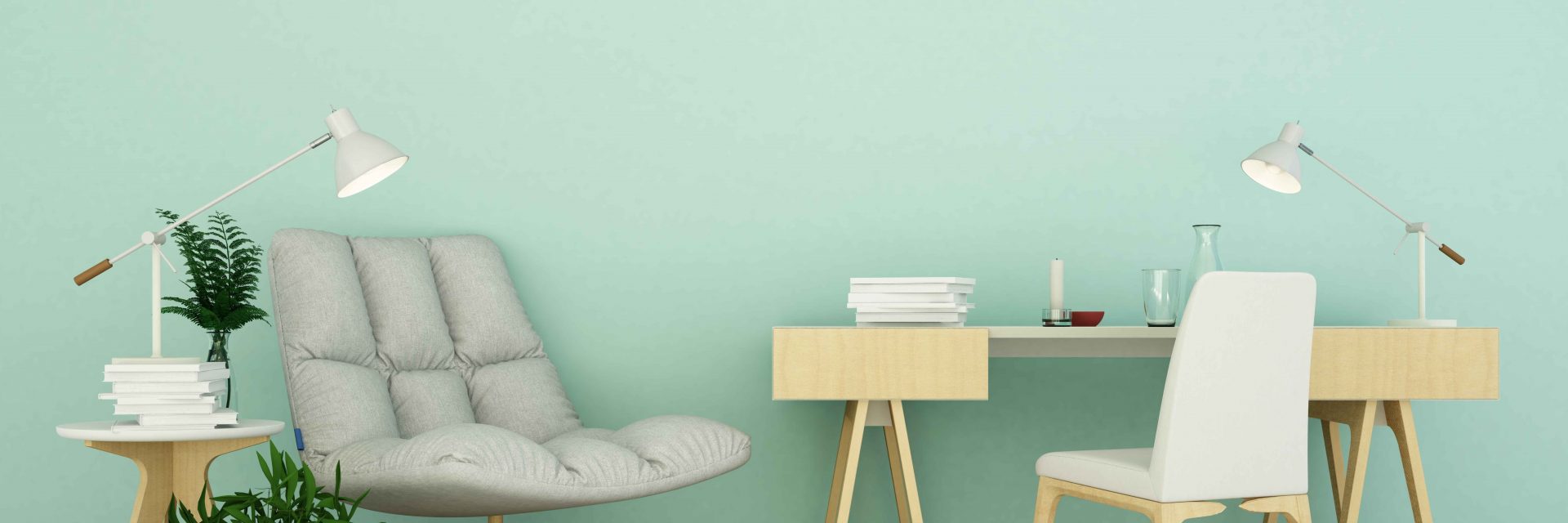Discover Just How Seasonal Impacts Can Impact The Efficiency Of Commercial External Paint And Discover One Of The Most Beneficial Times To Ensure Long Lasting Outcomes For Your Job
Discover Just How Seasonal Impacts Can Impact The Efficiency Of Commercial External Paint And Discover One Of The Most Beneficial Times To Ensure Long Lasting Outcomes For Your Job
Blog Article
Created By-McLamb Skafte
When you're preparing a commercial external paint job, seasonal elements can make or damage your results. You'll intend to consider exactly how temperature level and humidity effect paint application and drying times. Choosing the appropriate season can ensure your paint sticks appropriately and lasts longer. Yet which commercial painting are genuinely the very best for this type of job? Let's check out the crucial elements that can affect your task's success.
The Influence of Temperature Level on Paint Application
When you're preparing a commercial exterior paint job, the temperature can significantly influence how well the paint adheres and dries out.
Ideally, you intend to repaint when temperatures vary in between 50 ° F and 85 ° F. If exterior painting mn 's also cold, the paint might not heal appropriately, resulting in problems like peeling or splitting.
On the flip side, if it's also warm, the paint can dry out also swiftly, protecting against proper bond and causing an uneven finish.
You ought to additionally consider the time of day; morning or late afternoon offers cooler temperature levels, which can be a lot more desirable.
Always examine the producer's suggestions for the details paint you're using, as they frequently provide support on the optimal temperature array for optimal outcomes.
Humidity and Its Impact on Drying Times
Temperature isn't the only ecological element that influences your business outside painting project; moisture plays a considerable role too. High moisture degrees can reduce drying times drastically, influencing the overall top quality of your paint work.
When the air is filled with wetness, the paint takes longer to treat, which can result in issues like poor attachment and a higher danger of mildew growth. If you're painting on a particularly moist day, be gotten ready for extensive wait times between coats.
house painting service to check regional weather and plan accordingly. Ideally, aim for humidity levels in between 40% and 70% for optimum drying out.
Maintaining these factors in mind ensures your task remains on track and provides a long lasting surface.
Best Seasons for Commercial Outside Painting Projects
What's the very best season for your commercial external painting jobs?
weblink and very early loss are generally your best bets. During these periods, temperature levels are light, and humidity degrees are frequently reduced, producing optimal problems for paint application and drying out.
Avoid summer's intense heat, which can trigger paint to dry also swiftly, causing poor attachment and surface. Likewise, winter months's chilly temperatures can prevent proper drying and healing, risking the longevity of your paint job.
Aim for days with temperatures between 50 ° F and 85 ° F for ideal outcomes. Keep in mind to check the neighborhood weather report for rainfall, as damp conditions can destroy your job.
Planning around these aspects ensures your paint task runs smoothly and lasts longer.
Final thought
In conclusion, intending your industrial outside painting jobs around seasonal considerations can make a significant distinction in the result. By scheduling job during the excellent temperatures and moisture levels, you'll make sure much better attachment and drying times. Remember to keep an eye on local weather forecasts and pick the correct time of year-- springtime and very early autumn are your best choices. Taking these steps will certainly help you achieve a resilient and expert surface that lasts.
